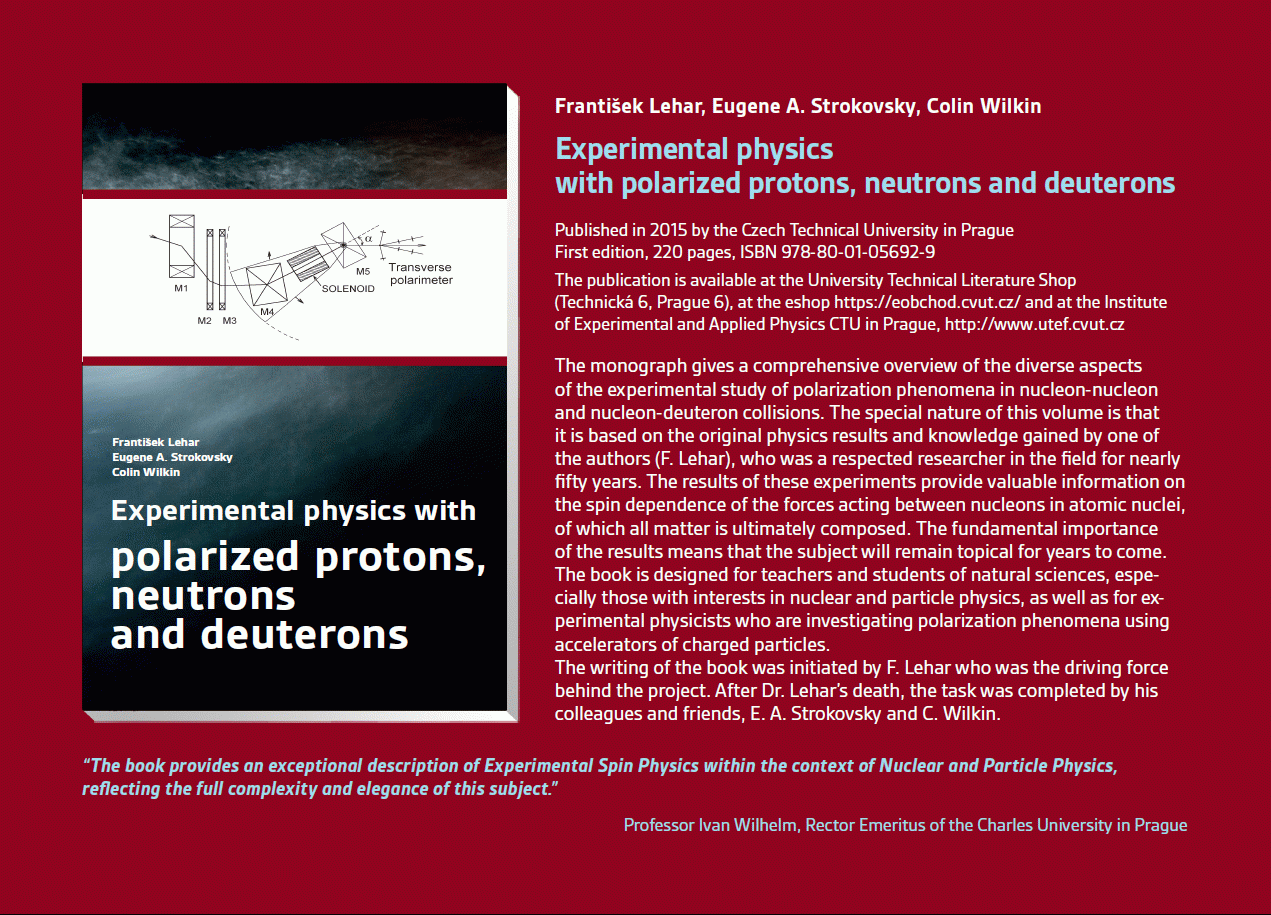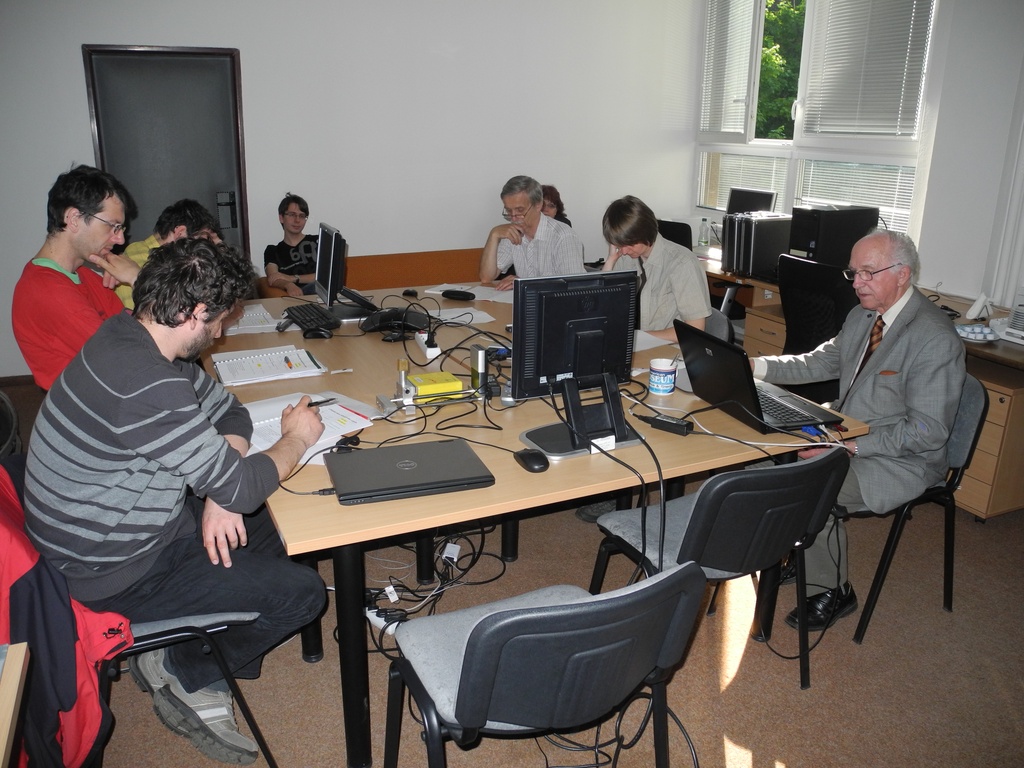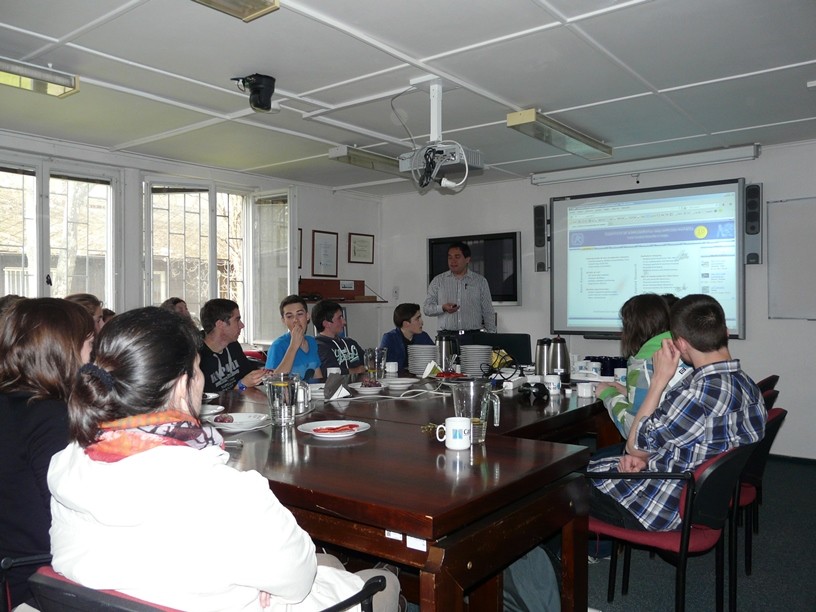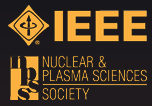Publikace
> Články v impaktovaných časopisech
> 'The ATLAS semiconductor tracker end-cap module'
The ATLAS semiconductor tracker end-cap module
Autor
| Abdesselam A. | Department of Physics, Oxford University, Oxford, UK |
| Beneš Petr, Ing. | UTEF |
| Horažďovský Tomáš, Ing. | UTEF |
| Kohout Zdeněk, RNDr. | UTEF |
| Král Vlastimil, Ing. | UTEF |
| Linhart Vladimir, Ing. Ph.D. | UTEF |
| Pospíšil Stanislav, DrSc. Ing. | UTEF |
| Sopko Vitek, Ing.,Ph.D. | UTEF |
| Sopko Bruno | KF FSI ČVUT |
| Solar Michael, RNDr.,CSc. | UTEF |
| Čermák Pavel, Ing.,Ph.D. | UTEF |
| et al. | - |
Rok
2007
Časopis
NIM A 575 (2007) 353–389
Web
Obsah
The challenges for the tracking detector systems at the LHC are unprecedented in terms of the number of channels, the required readout speed and the expected radiation levels. The ATLAS Semiconductor Tracker (SCT) end-caps have a total of about 3 million electronics channels each reading out every 25 ns into its own on-chip 3.3 micros buffer. The highest anticipated dose after 10 years operation is 1.4 x 10^14 cm^-2 in units of 1MeV neutron equivalent (assuming the damage factors scale with the non-ionising energy loss). The forward tracker has 1976 double-sided modules, mostly of area ~70cm^2, each having 2 x 768 strips read out by six ASICs per side. The requirement to achieve an average perpendicular radiation length of 1.5% X_0, while coping with up to 7W dissipation per module (after irradiation), leads to stringent constraints on the thermal design. The additional requirement of 1500e equivalent noise charge (ENC) rising to only 1800e ENC after irradiation, provides stringent design constraints on both the high-density Cu/Polyimide flex read-out
circuit and the ABCD3TA read-out ASICs. Finally, the accuracy of module assembly must not compromise the 16 microm (rfi) resolution perpendicular to the strip directions or 580 microm radial resolution coming from the 40 mrad front-back stereo angle.
A total of 2210 modules were built to the tight tolerances and specifications required for the SCT. This was 234 more than the 1976 required and represents a yield of 93%. The component flow was at times tight, but the module production rate of 40–50 per week was maintained despite this. The distributed production was not found to be a major logistical problem and it allowed additional flexibility to take advantage of where the effort was available, including any spare capacity, for building the end-cap modules. The collaboration that produced the ATLAS SCT end-cap modules kept in close contact at all times so that the effects of shortages or stoppages at different sites could be rapidly resolved.
A total of 2210 modules were built to the tight tolerances and specifications required for the SCT. This was 234 more than the 1976 required and represents a yield of 93%. The component flow was at times tight, but the module production rate of 40–50 per week was maintained despite this. The distributed production was not found to be a major logistical problem and it allowed additional flexibility to take advantage of where the effort was available, including any spare capacity, for building the end-cap modules. The collaboration that produced the ATLAS SCT end-cap modules kept in close contact at all times so that the effects of shortages or stoppages at different sites could be rapidly resolved.
Granty
Projekty
Příklad citace článku:
A. Abdesselam, P. Beneš, T. Horažďovský, Z. Kohout, V. Král, V. Linhart, S. Pospíšil, V. Sopko, B. Sopko, M. Solar, P. Čermák, . et al., "The ATLAS semiconductor tracker end-cap module", NIM A 575 (2007) 353–389 (2007)
Hledat
Události
21.-22. 11. 2014
Seattle, USA
8-15 Nov 2014
Surrey, Velká Británie
8. září 2014
9. září 2014
24. 4. 2014
3. 4. 2014
Seoul, Korea
27 Oct - 2 Nov 2013
Paris
23-27 June 2013
Anaheim, USA
29 Oct - 3 Nov 2012






 Experimental physics
with polarized protons, neutrons and deuterons
Experimental physics
with polarized protons, neutrons and deuterons Progresivní detekční metody ve výuce subatomové a částicové fyziky
na ZŠ a SŠ
Progresivní detekční metody ve výuce subatomové a částicové fyziky
na ZŠ a SŠ NSS MIC IEEE Conference
NSS MIC IEEE Conference Konference SEPnet, CERN@school
Konference SEPnet, CERN@school Lovci záhad - spolupráce ČT a ÚTEF
Lovci záhad - spolupráce ČT a ÚTEF Progresivní detekční metody ve výuce subatomové a částicové fyziky na ZŠ a SŠ
Progresivní detekční metody ve výuce subatomové a částicové fyziky na ZŠ a SŠ Návštěva v rámci projektu „Listening to the universe by detection cosmic rays“
Návštěva v rámci projektu „Listening to the universe by detection cosmic rays“ NSS MIC IEEE Conference
NSS MIC IEEE Conference 15thIWORID
15thIWORID NSS MIC IEEE Conference
NSS MIC IEEE Conference